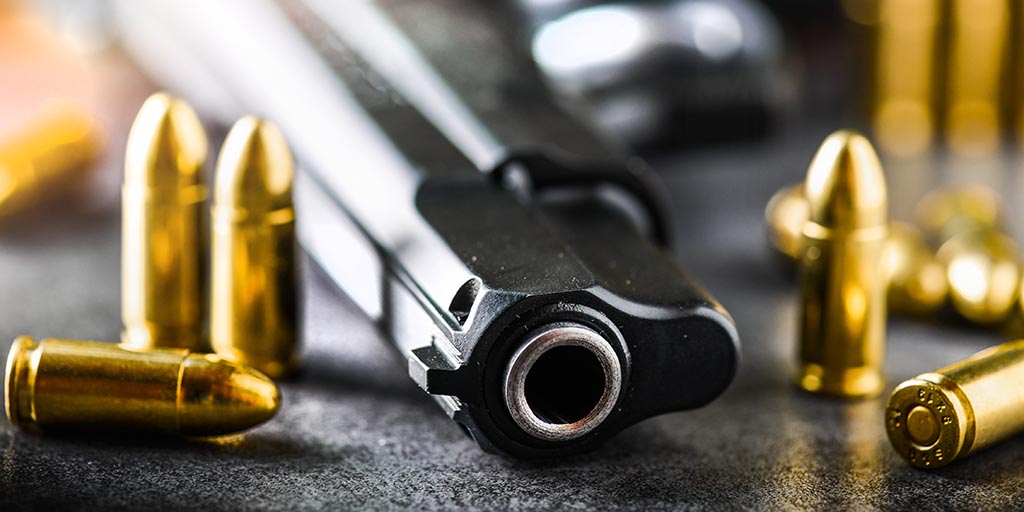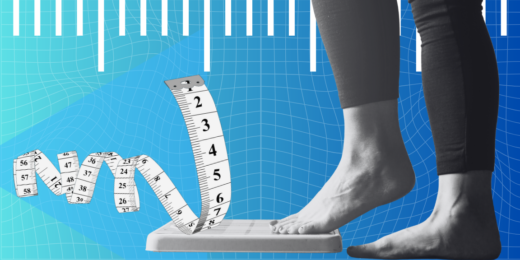Numerous studies over the years have linked handgun ownership with a higher risk of suicide. Now research from Stanford law and medicine professor David Studdert, LLB, ScD, MPH, and his colleagues hardens that case, using a vast amount of comprehensive data on handgun sales and deaths in California.
Their study, recently published in The New England Journal of Medicine, zeroes in on first-time gun owners in California, following them over a 12-year period. The main finding was clear: Ready access to a gun is a major risk factor for suicide. Male handgun owners had a gun suicide risk that was eight times higher than it was for male non-owners, and for female handgun owners, it was 35 times higher.
I spoke to Studdert, the lead author of the study, for a 1:2:1 podcast. This Q&A is condensed and edited from our conversation.
You come at this question of firearms and suicide not as an advocate, but as a researcher. Is that correct?
You're right. I come at it as a social scientist trying to understand the relationship between gun ownership and the risks and benefits of that ownership. One of the things about firearms is that they create risks for individuals and households.

Many people feel very strongly that they create benefits in the form of self-protection, as well as benefits that are much harder to quantify, such as the reassurance associated with owning a gun or the idea that owning a gun is a manifestation of one's constitutional freedoms.
I don't want to discount any of those perceived benefits, but as a public health researcher, I also want to ask, what does that balance sheet look like when we lay out costs and benefits?
How did you gain access to the vast amount of data necessary for this research?
This study could not have been done in any other state. California has a rule that requires all firearm purchases to be made through licensed dealers. Records on those transactions are then transmitted for permanent archiving and storage with the state government, so we have a roster of gun sales over decades. Who does and doesn't have access to guns is usually the most elusive piece of information in firearm research.
What do you know about whether first-time gun buyers who kill themselves bought guns for that purpose?
Tracking risk over time allowed us to interrogate the veracity of the notion that it's not about the gun -- that people who buy a gun and end their lives had that planned to begin with and would have found another way to do it without the gun.
What we see, in that period immediately after purchase, is a very, very high risk of firearm suicide relative to people who don't own guns: It's about 100-fold higher.
Now as the weeks go on, that risk starts to decline and flatten out, but it stays high for the entire 12-year period that we follow people. It never gets back down to the level of risk of suicide among people who don't own guns.
A little over half of all of the suicides among handgun owners in our study occurred more than a year after they bought their weapon. I think that speaks to the ambient environmental risk that travels with the gun.
The gender breakdown is especially startling. What accounts for those sharp differences?
Women attempt suicide more often than men, but they die less often because they use less-lethal means. If you drop into the middle of that an extremely lethal means, a handgun, then you get that very big jump.
How concerned are you that the spike in gun sales during the COVID-19 epidemic could fuel more suicides?
What we know from previous research is that those spikes tend to be short-lived. They spike over a period of days or weeks, and then flatten out again. We should keep our focus on the most likely generator of the problem -- the 40 million American households that already had guns long before the pandemic struck.
Who do you hope really pays attention to this research?
People who own guns or are thinking about buying them. What I really feel strongly about is that if you're going to make that decision to buy or to own, just have a full picture of what risks or benefits you're going to be taking on: uyer beware. We do that warning for a lot of other consumer products. I don't see a good reason not to do it for guns.
Individuals in crisis can receive help from the Santa Clara County Suicide & Crisis Hotline at 855-278-4204. Help is also available from anywhere in the United States via Crisis Text Line (text HOME to 741741) or the National Suicide Prevention Lifeline at 800-273-8255. All three services are free, confidential and available 24 hours a day, seven days a week.
Listen to more 1:2:1 podcasts on COVID-19 from Paul Costello at https://soundcloud.com/stanfordmed/sets/covid-19
Top photo by Milan. Middle photo courtesy of Stanford Medicine.




